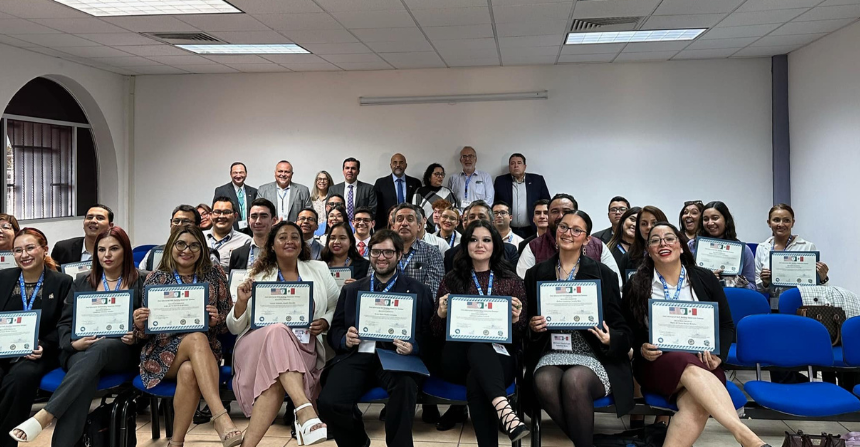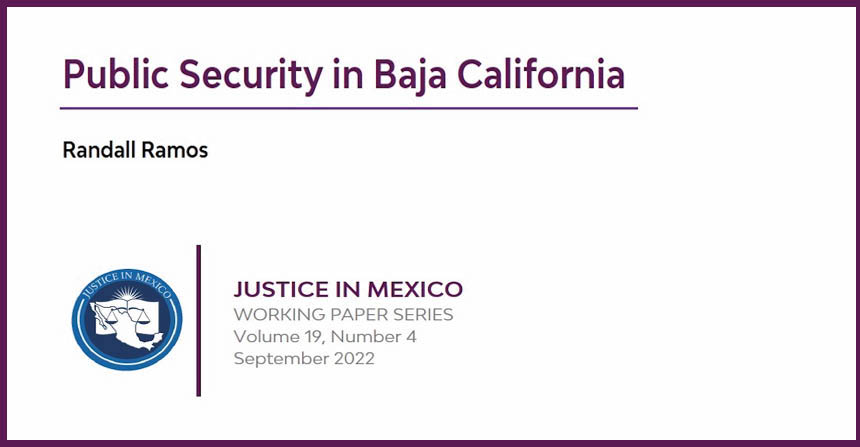In its annual drug report released in late June, the United Nations Office on Drugs and Crime (UNODC) found substantial decreases in cultivation and production of cocaine, opium, and cannabis worldwide, with a corresponding increase in the production of synthetic drugs in developing countries. The report also urged a more comprehensive, international approach to drug control policies. Antonio María Costa, director of the UNODC, presented the report in late June alongside U.S. drug czar Gil Kerlikowske.
The report shows a 19 percent decline in cocaine production in 2008 over the previous year in Colombia, slightly offset but not nearly rivaled by production increases in Peru and Bolivia. The UNODC found a corresponding decline in 2008 of cocaine consumption in the United States. Cocaine consumption also declined in Western European countries in 2008 after several years of strong increases. No mention was made in the report as to the corresponding world economic downturn and its possible impacts on drug consumption in major markets. Estimates of production and consumption of cannabis are less precise according to the report, though it does remain the most widely cultivated and used drug around the world. Marijuana accounts for the majority of drugs, both in terms of quantity and street value, smuggled across the Mexico-U.S. border.
The UNODC report also shows corresponding decreases in government-detected clandestine coca processing laboratories in Colombia, Peru, and Bolivia, and decreased seizures in the Americas, reflected in rising prices and falling purity levels. The purity of cocaine in the U.S. market decreased from an average of 69.7 percent in the fourth quarter of 2006 to 43.9 percent in 2008. The consequential purity-adjusted prices more than doubled, from an average of US$89 per gram in the fourth quarter of 2006 to US$200 in 2008. While the UNODC report characterizes this as “the most striking data indicating a shortage of cocaine in the US market,” a report released by the Washington Office on Latin America (WOLA) in April challenged similar findings by the U.S. Drug Enforcement Agency, arguing that such single-year increases in price and decreases in purity likely reflect only short-term disruptions of drug trafficking organizations that have historically proven themselves able to adapt to changing conditions.
Nonetheless, cocaine seizures in the United States saw a significant drop in 2008, to less than 10 metric tons (mt) per quarter, down from 13 mt per quarter in 2006. Mexico saw a corresponding decline in cocaine seizures from 48 mt in 2007 to 19 mt in 2008. Both governments reported that the decreases in cocaine seizures are due to a decline in cocaine trafficking. The report also points to a decline in the proportion of the U.S. workforce testing positive for cocaine, from 0.91 percent in 1998 to 0.72 percent in 2008, with most of the decline occurring over the last two years.
The report concludes that the current internationally accepted law-and-order approach to drug control must be reexamined worldwide – not because it has failed in its goal of reducing consumption, but rather because it effectively empowers large-scale cultivators and traffickers, consequentially fueling the violence recently seen in Mexico, exacerbated by the reductions in supply cited earlier. The report does not, however, endorse legalization, cautioning that greater usage of now illicit substances would result and lead to increased societal and health woes. Such impacts would disproportionately harm the developing world, where illicit drug use is far lower in part because of the high prices resulting from their illegality.
Instead, the authors endorse an approach of “control[ing] ilicit drugs and limit[ing] the costs associated with this control.” They urge law enforcement to reserve prison space primarily for traffickers, especially violent ones; expand access to treatment programs for addicts; employ “problem-oriented policing” that takes into account underlying social causes allowing localized drug dealing; and increase international cooperation in fighting organized crime, addressing corruption, and intervening in countries where rule of law is threatened by the drug trade.
From the July Justice in Mexico Project’s Monthly News Report:
http://www.justiceinmexico.org/news/recent_news.php
SOURCES:
“World Drug Report 2009.” United Nations Office on Drugs and Crime 2009.
“La violencia en México, por reducción del mercado de las drogas: ONU.” Proceso June 24, 2009.




